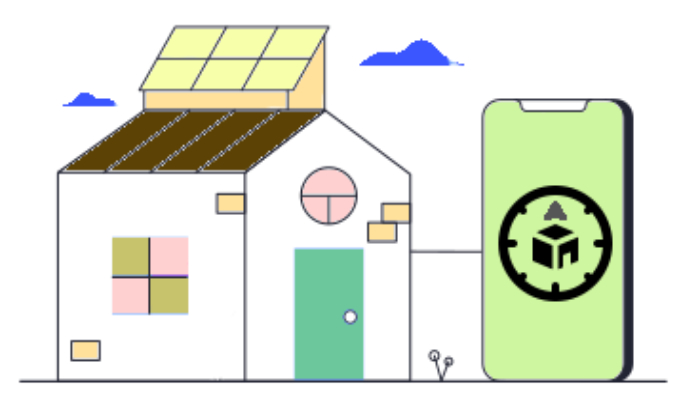What is online clipboard?
clipboard explanation
The clipboard is a buffer that some operating systems provide for short-term storage and transfer within and between application programs. The clipboard is usually temporary and unnamed, and its contents reside in the computer's RAM.
The clipboard provides an application programming interface by which programs can specify cut, copy and paste operations. It is left to the program to define methods for the user to command these operations, which may include keybindings and menu selections. When an element is copied or cut, the clipboard must store enough information to enable a sensible result no matter where the element is pasted. Application programs may extend the clipboard functions that the operating system provides. A clipboard manager may give the user additional control over the clipboard. Specific clipboard semantics vary among operating systems, can also vary between versions of the same system, and can sometimes be changed by programs and by user preferences.
Windows, Linux and macOS support a single clipboard transaction.
The Office Clipboard allows you to copy up to 24 items from Office documents or other programs and paste them into another Office document. For example, you can copy text from an email message, data from a workbook or datasheet, and a graphic from a presentation, and then paste them all into a document. By using the Office Clipboard, you can arrange the copied items the way that you want in the document.
You’re not limited to only pasting the last item you copied or cut when you use the Clipboard task pane. The Clipboard task pane holds many of the last images and text you copied or cut.
What is the difference between pasteThe cut command removes the selected data from its original position, while the copy command creates a duplicate; in both cases the selected data is kept in temporary storage (the clipboard). The data from the clipboard is later inserted wherever a paste command is issued. and clipboard?
Can hackers access your clipboard?
Users often copy-paste their credentials to expedite the process. However, if a user's system gets infected with clipboard hijacking malware, it could steal all the copied information. The threat does not only affect the operating system.
How long is clipboard history?
The clipboard history holds the most recent 25 items that you either “Copy” or “Paste” to the Windows Clipboard. This includes “text snippets”, HTML code, and even images (as long as they are smaller than 4MB). After saving 25 items, the oldest items will automatically disappear as new ones are added.
How do I clear my clipboard history?
To clear the content of your clipboard on a device running stock Android:
Invoke the virtual keyboard.
Tap the clipboard button.
Press and hold any saved item and select the Delete option. Repeat for other items.
How do I recover copied data from clipboard?
1. Using Google Keyboard (Gboard)
Step 1: While typing with Gboard, tap the clipboard icon next to the Google logo.
Step 2: To recover a particular text/clip from the clipboard, simply tap on it to paste in the text box.
Caveat: By default, clips/texts in the Gboard clipboard manager are deleted after an hour.
Where do copied messages go?
The clipboard is where your Android device stores recently copied items.
Does clipboard automatically delete?
Android 13 added the ability to Auto Delete your clipboard history after a certain period of time but for some reason Samsung has ignored that and there is STILL no auto-delete clipboard feature.
Does clipboard clear itself?
The clipboard auto clear feature in Android 13 is not enabled by default. However, once enabled, it can automatically clear the primary clip from the global clipboard after 3600000 milliseconds (60 minutes), much like Gboard.
Is clipboard a file?
All things in Windows Clipboard are stored in system RAM. There is no clipboard file on computer hard drive or other storage media. This is why if you shut down a machine, the clipboard data is lost.
How much memory is on clipboard?
If you specify 0 or do not specify a value, the default client clipboard memory size is 8192 KB (8 MB). A large clipboard memory size can negatively affect performance, depending on your network. VMware recommends that you do not set the clipboard memory size to a value greater than 16 MB.
Does Google have a clipboard?
open a new Google document, click on the web clipboard and choose the item you wish to paste. You can paste as rich text or HTML.
What happens when you copy an image to clipboard?
A copy of the image is stored. it will be the binary data of the image if you selected "Copy Image".
 ?Can I use my phone as a compass
?Can I use my phone as a compass What is online clipboard
What is online clipboard ?How do I find Qibla in my room
?How do I find Qibla in my room